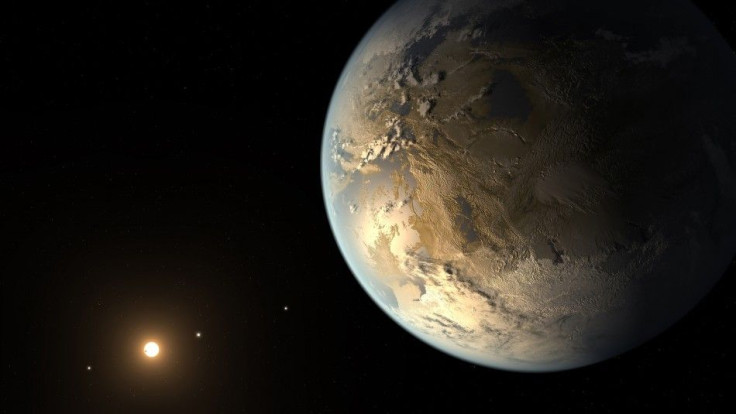The closest thing we have to Earth may be incapable of supporting life

Kepler-438b, the exoplanet that is the most physically alike to Earth known so far, may not be capable of supporting life. A team of experts led by Dr. David Armstrong, an astronomer of the University of Warwick’s Astrophysics Group, believes that the planet’s parent star irradiated its atmosphere away.
Its host star,Kepler-438, is a red dwarf star that disperses superflares 10 times more powerful than what the sun gives off. This is the equivalent of 100 billion megatons of TNT blowing up that occurs every few hundred days.
Kepler-438b, which is 12 percent bigger than Earth, can handle these flares unless it does not have a magnetic field, according to Armstrong. However, these do not cause as much damage as the more hostile phenomenon known as coronal mass ejections (CME).
“Unlike the Earth’s relatively quiet sun, Kepler-438 emits strong flares every few hundred days, each one stronger than the most powerful recorded flare on the Sun. It is likely that these flares are associated with coronal mass ejections, which could have serious damaging effects on the habitability of the planet,” Armstrong asserts.
CME are huge explosions of magnetic field and plasma ejected from the sun which possibly occurs to other active stars as well. The chances of coronal mass ejections happening increases greatly with the release of powerful flares
“Large coronal mass ejections have the potential to strip away any atmosphere that a close-in planet like Kepler-438b might have, rendering it uninhabitable,” Chloe Pugh, an astrophysicist of the University of Warwick, says. “With little atmosphere, the planet would also be subject to harsh UV and X-ray radiation from the superflares, along with charged particle radiation, all of which are damaging to life.”
Contact the writer at feedback@ibtimes.com.au, or let us know what you think below.




















